It was impossible for Starfield to impress at Summer Game Fest
Needs space
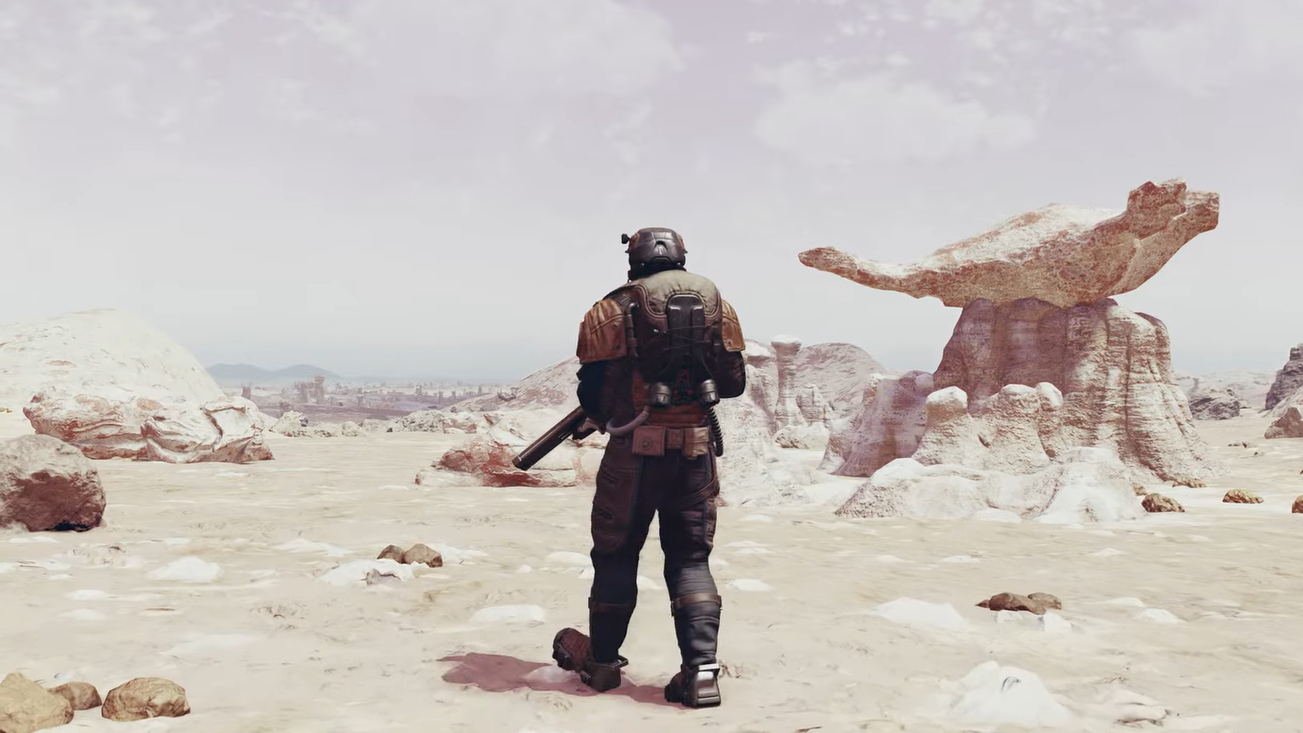
No pressure, Starfield. You’re only the next game from Elder Scrolls and Fallout developer Bethesda Game Studios, the first new IP from that studio in decades, and the next game out of its gates after what turned out to be a pretty disastrous Fallout 76. Try not to think about the weight of the studio’s reputation on your shoulders, or the weight of expectation from every RPG fan on Earth. Now go impress everybody at Summer Game Fest!
Tough gig. And yet it wasn’t just sheer anticipation that led to Starfield’s extended gameplay presentation at the Xbox and Bethesda show feeling a bit tepid. There were valid concerns. The combat doesn’t look like a tangible step forward. Those little scuttling things moved across the floor like something from a Gerry Anderson production. The graphical fidelity was merely alright. And although we saw some impressive facial animation, it was happening on faces that looked as though the heads were trapped in a vice.
Technical details like expensive lighting effects, semi-convincing animations or slick combat have never been the preserve of this studio.
And it hasn’t soured my opinion of Starfield in the slightest, because technical details like expensive lighting effects, semi-convincing animations, or slick combat have never been the preserve of this studio. Bethesda Game Studios is a specialist in story.
Not the kind of story you’ll tell your grandkids, with a neat arc and punchy beats. What Skyrim, Oblivion, Morrowind, and the Fallouts offered was a sprawling, very personal, almost diarized saga that charted your simulated life in another world. Not every chapter was a ripper – “grandkids, for a couple of weeks I searched for crimson Nirnroot along riverbanks and brewed potions in my hut” – but everything you did in the world, the sheer breadth of interactions, deepened the feeling that this was a real place. So when the big events did happen, they felt meaningful. It wasn’t just a place name on a map at stake, but a city whose inhabitants you’d got to know fairly well, and whose geography was etched into your mind.
Rim world
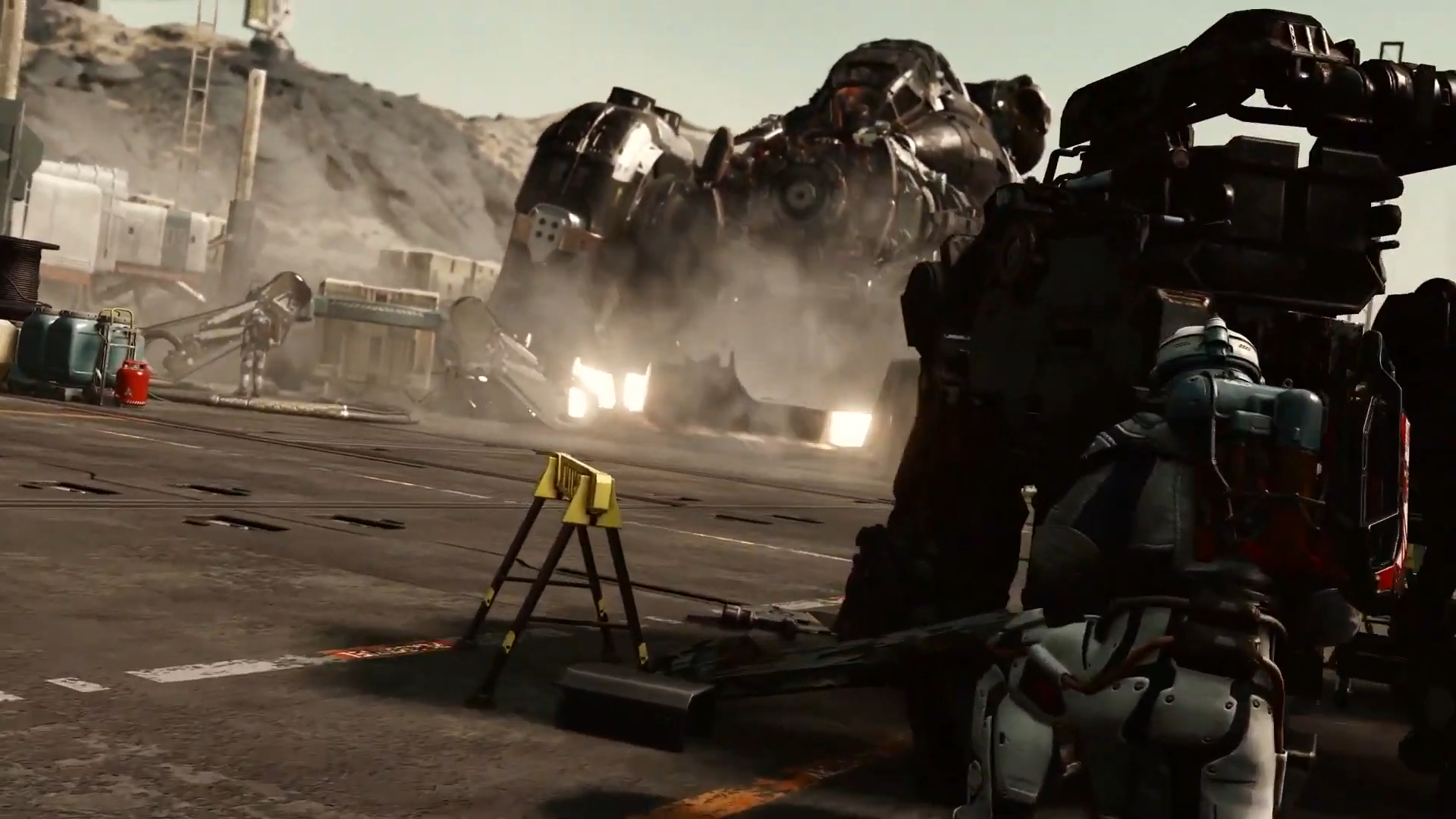
These games just can’t show off their strongest attributes in a brief presentation.
I don’t know about you, but that’s why I’m still playing Skyrim. It’s because of the story I’ve written for myself there over hundreds of hours since 2011. There’s really only one way to make the combat fun in that game – stealthy archer build, sneak attack headshots, ragdoll animations, move onto the next bandit – but the perfunctory melee and spell fighting hasn’t stopped me, or anybody else, from putting 11 years into it. So I see the meat-and-potatoes gunfights in Starfield’s Summer Game Fest presentation and I’m not perturbed.
This has always been Bethesda Game Studio’s problem at big conferences. These games just can’t show off their strongest attributes in a brief presentation, because they’re of a kind that makes itself known, and which you appreciate, over many consecutive hours. Days. Decades, in Morrowind and Daggerfall’s case. You can’t show people what a deep world of lore and characters you’ve built in 15 minutes.
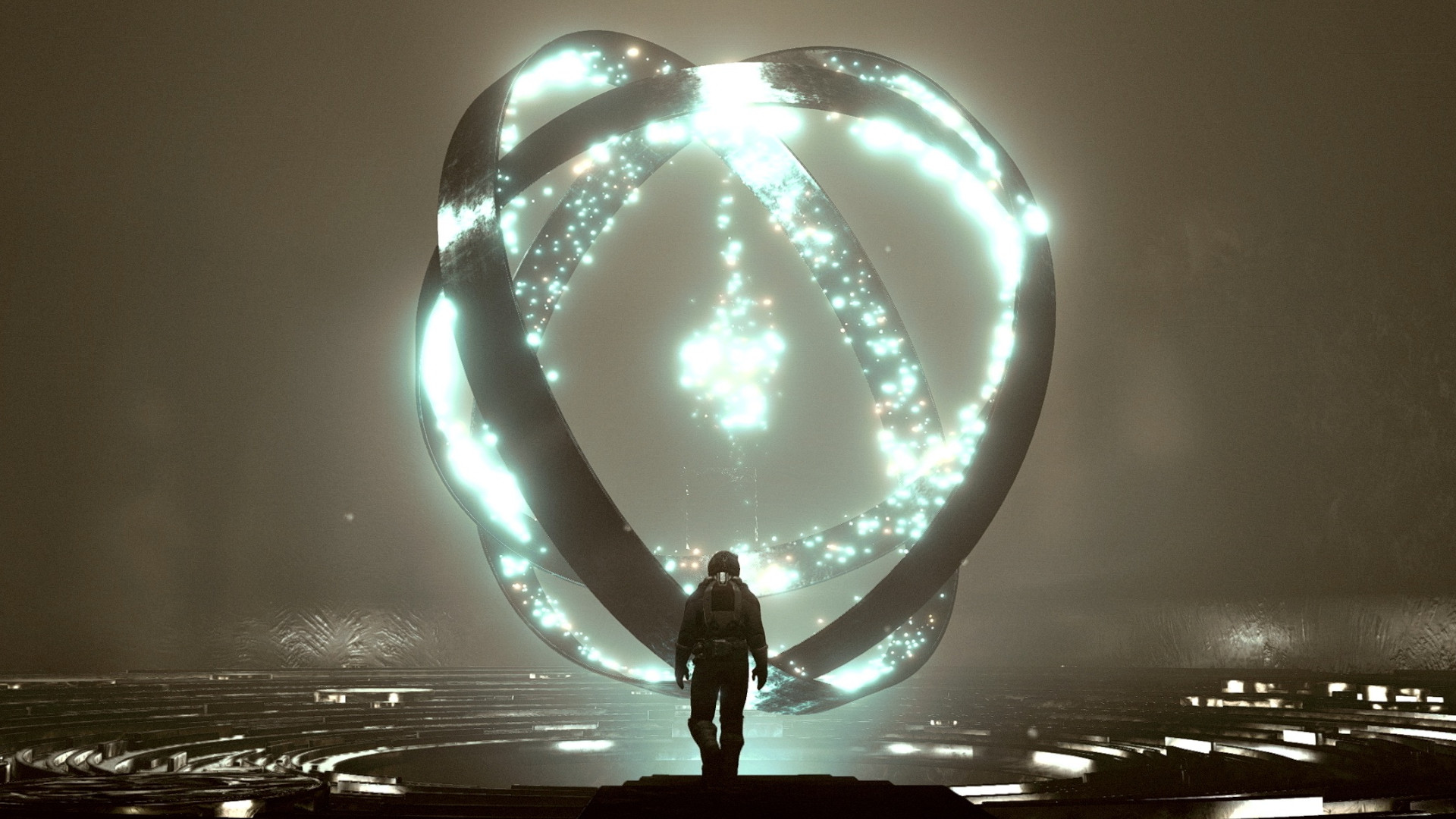
There are still mysteries in Skyrim that we’re trying to figure out now, and they’re not just speculative reaching. The developers meant it. The inhabitants of Rorikstead all have soul gems in their houses, and books about dark rituals, and some of them whisper to each other about dark secrets, and nobody knows why. Try selling that kind of slow burn enjoyment to a whooping E3 crowd or a stream full of tired eyes looking for moments to meme.
Moreover, a lot of the problems we perceived from the Summer Game Fest gameplay have straightforward solutions. There was no crosshair on the HUD during Starfield’s combat sequences, and any COD obsessive knows how important a hit indicator on your crosshair is. Not to mention that additional ‘thwack’ sound when you make contact, which seemed to be missing from the build we saw but is by no means out of the realms of possibility by 2023. Subtleties like this decide good weapon feedback.
Communal Kerbal
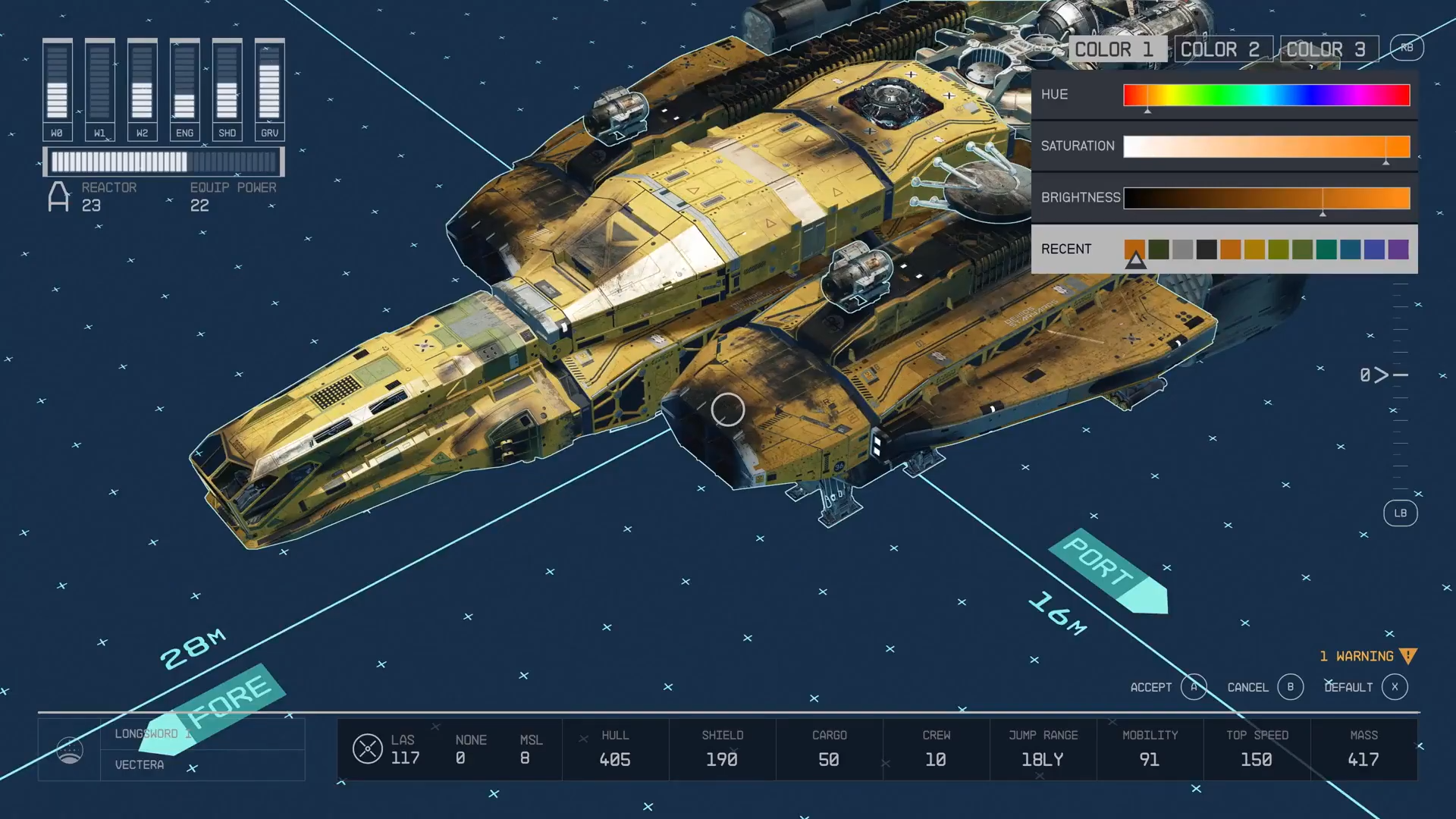
Then, of course, there’s modding. It’s safe to say I wouldn’t have had much interest in Skyrim six months after that 11.11.11 release date if it wasn’t for the cornucopia of texture packs, combat overhauls, UI fixes, companions, new quests, total conversions, armors, weapons, player homes, water reworks, weather systems, and reshades the community magicked up from its modding tools. Starfield will have full modding support, Todd Howard confirmed earlier this year, so we can expect a similar wellspring of new bits for it too.
Some amateur genius out there in modding land will probably already be working on better hitboxes and animations 24 hours after release
Except this time we’ve got totally new areas of the game to think about with modding potential. Building our own space ships like Kerbal Space Program. Making bases, as in No Man’s Sky or Fallout 4 or Fallout 76, but hopefully much better. Entire planets of real estate. These give us a different swathe of interaction types to write our stories with, and mods can help us go even deeper into them. If the combat’s really not up to much, some amateur genius out there in modding land will probably already be working on better hitboxes and animations 24 hours after release.
In fact, there’s really only one detail that worries me, and that I can’t brush away with fanciful ideas of mods: what Todd Howard mentioned about the size of the universe. A thousand planets, all explorable. That, to me, sounds dreadful.
Partly because I’ve played enough No Man’s Sky to know that walking around slightly different landscapes with not much to do but harvest resources isn’t my thing. But more pertinently, because I’ve always felt Bethesda games were defined by open worlds small enough to become knowable.
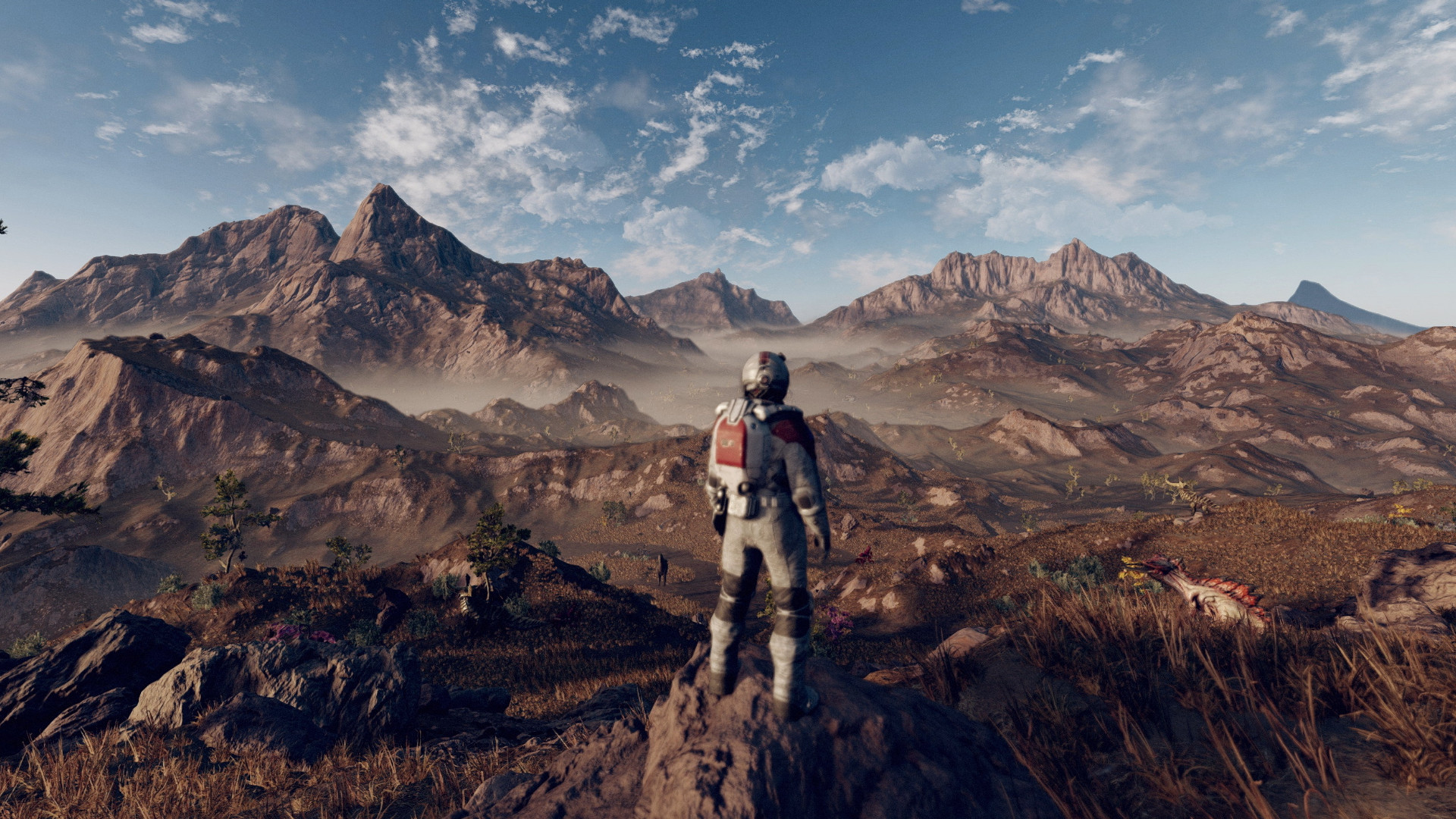
With the honorable exception of Daggerfall’s ridiculous empty lands that go on for longer than the actual United Kingdom, the environments in Elder Scrolls and Fallout games always feel massive at the start but one day become very familiar – each area distinct and housing a few crucial memories and story beats. I think we can call it now and say we won’t have distinct memories of a thousand planets in Starfield. I’m sure there will be stretches of the game where the lore and universe-building feels really rich, and you can even see that in the Summer Game Fest 2022 presentation itself, where different cities and populated areas exhibit varied architecture, cultures, color palettes, and technologies. But those hubs are going to feature on a few planets, aren’t they? Not a thousand of them.
Space games are about lots of space, I get that. But I worry Starfield’s field of stars, most of them barren resource dumps, might lead to a watered-down feel next to the studio’s previous, tighter environments. Unless – look, why don’t we all allocate ourselves a planet now, a thousand of us, and sign up to mod one of them each…
Get daily insight, inspiration and deals in your inbox
Sign up for breaking news, reviews, opinion, top tech deals, and more.

Ad creative by day, wandering mystic of 90s gaming folklore by moonlight, freelance contributor Phil started writing about games during the late Byzantine Empire era. Since then he’s picked up bylines for The Guardian, Rolling Stone, IGN, USA Today, Eurogamer, PC Gamer, VG247, Edge, Gazetta Dello Sport, Computerbild, Rock Paper Shotgun, Official PlayStation Magazine, Official Xbox Magaine, CVG, Games Master, TrustedReviews, Green Man Gaming, and a few others but he doesn’t want to bore you with too many. Won a GMA once.